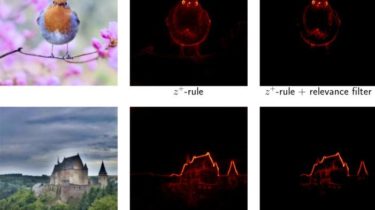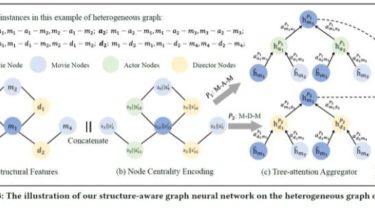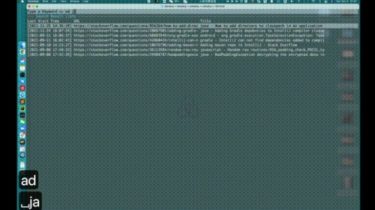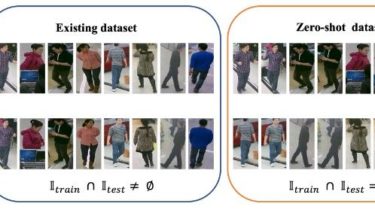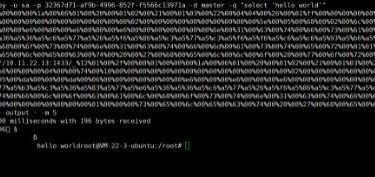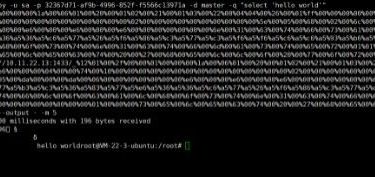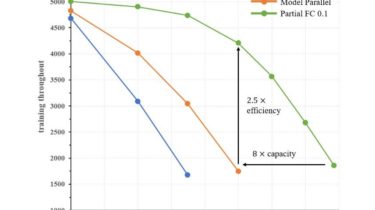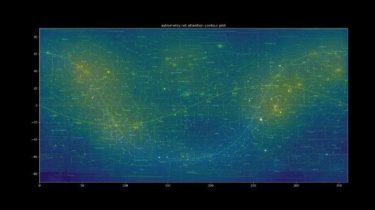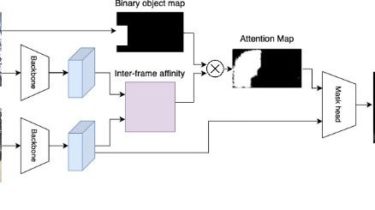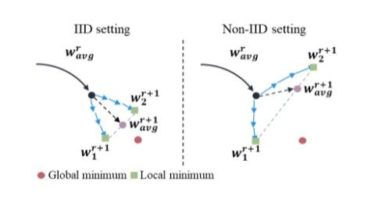A basic implementation of Layer-wise Relevance Propagation (LRP) in PyTorch
Basic unsupervised implementation of Layer-wise Relevance Propagation (Bach et al.,Montavon et al.) in PyTorch for VGG networks from PyTorch’s Model Zoo.This tutorial served as a starting point.In this implementation, I tried to make sure that the code is easy to understand and easy to extend to othernetwork architectures. I also added a novel relevance propagation filter to this implementation resulting in much crisper heatmaps(see my blog for more information).If you want to use it, please don’t forget to cite this […]
Read more